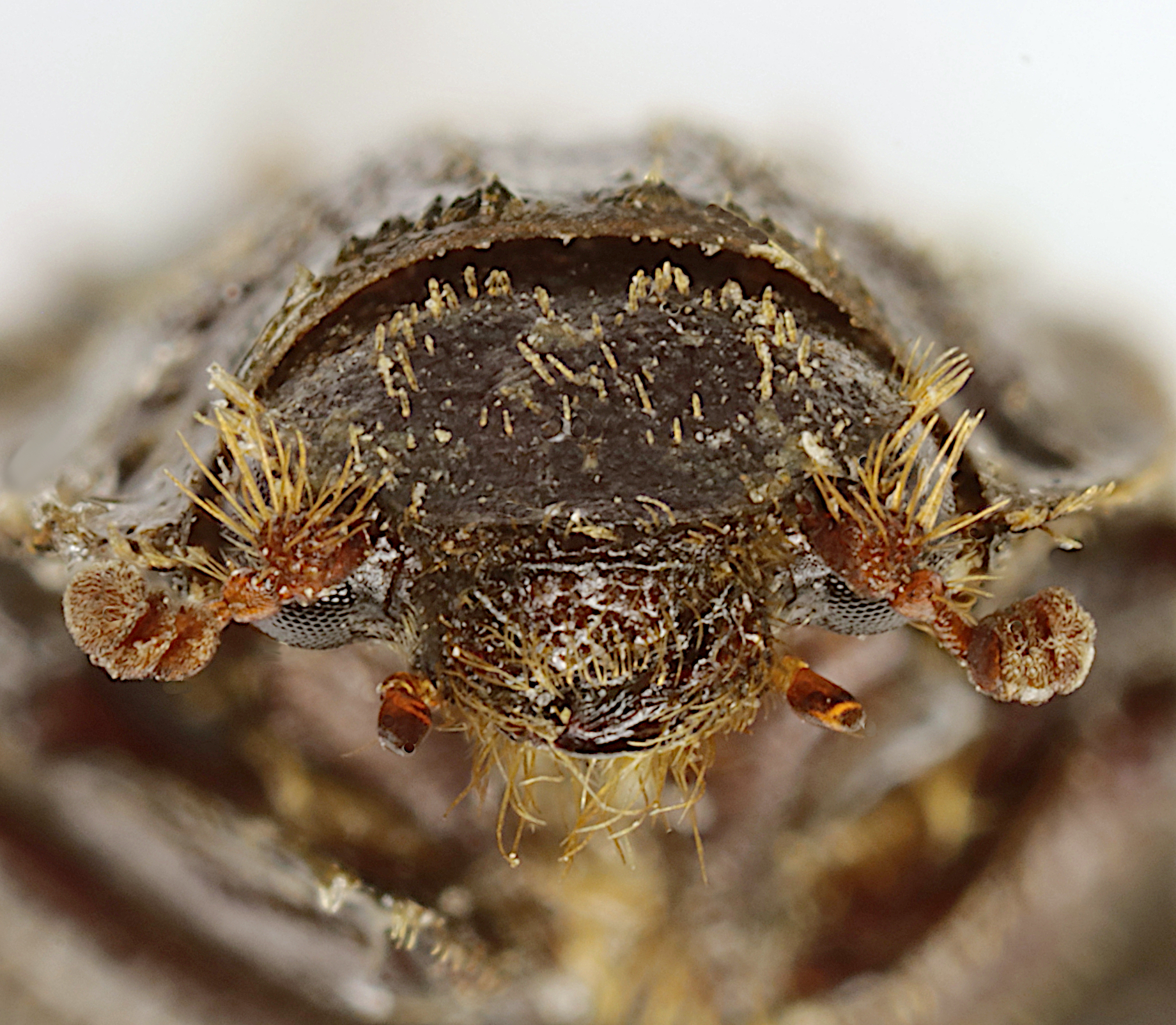|
Omorgus Gemmatus
''Omorgus gemmatus'' is a species of hide beetle in the subfamily Omorginae ''Omorginae'' is a subfamily of beetles in the family Trogidae Trogidae, sometimes called hide beetles, is a family of beetles with a distinctive warty or bumpy appearance. Found worldwide, the family includes about 300 species contained in f ... and subgenus ''Afromorgus''. References gemmatus Beetles described in 1789 {{Trogidae-stub ... [...More Info...] [...Related Items...] OR: [Wikipedia] [Google] [Baidu] |
Guillaume-Antoine Olivier
Guillaume-Antoine Olivier (; 19 January 1756, Les Arcs near Toulon – 1 October 1814, Lyon) was a French entomologist and naturalist. Life Olivier studied medicine in Montpellier, where he became good friends with Pierre Marie Auguste Broussonet. With Jean Guillaume Bruguière and Jean-Baptiste Lamarck . Jean-Baptiste-François Gigot d'Orcy later employed Olivier who was then able to travel to England and Holland meeting Thomas Martyn in London. In 1789 and 1790 he published the first two volumes of the ''Histoire naturelle des Coléoptères'' for Gigot d'Orcy, and simultaneously, thanks to Daubenton's recommendation, collaborated in the ''Dictionnaire de l'Histoire naturelle des Insectes, Papillons, Crustacés'' and collaborated in the creation of ''Journal d'Histoire Naturelle'' (1792). Afterwards, he served as a naturalist on a 6-year scientific journey that took him to Asia Minor, Persia, Egypt, Cyprus and Corfu. He returned to France in 1798 with a large collecti ... [...More Info...] [...Related Items...] OR: [Wikipedia] [Google] [Baidu] |
Hide Beetle
Trogidae, sometimes called hide beetles, is a family of beetles with a distinctive warty or bumpy appearance. Found worldwide, the family includes about 300 species contained in four or five genera. Trogids range in length from 2 to 20 mm. Their shape is oblong to oval, with a generally flat abdomen. Their color ranges from brown to gray or black, and they often encrust their bodies with soil. They resemble Scarabaeidae, scarab beetles with heavy limbs and spurs. They are scavengers and are among the last species to visit and feed on carrion. They are most often found on the dry remains of dead animals. Both adults and larvae eat feathers and skin. Some species are found in bird and mammal nests. Details of the life histories of many species are poorly known, since many are specialized to particular types of nests. They are often overlooked by predators and collectors due to their behaviors of covering their bodies with soil and becoming motionless when disturbed. This group ma ... [...More Info...] [...Related Items...] OR: [Wikipedia] [Google] [Baidu] |
Omorginae
''Omorginae'' is a subfamily of beetles in the family Trogidae Trogidae, sometimes called hide beetles, is a family of beetles with a distinctive warty or bumpy appearance. Found worldwide, the family includes about 300 species contained in four or five genera. Trogids range in length from 2 to 20 mm. Thei ... which includes extant species and extinct beetle species from the Lower Cretaceous. The subfamily contains the following genera: *'' Cretomorgus'' Nikolajev, 2007 *'' Omorgus'' Erichson, 1847 *'' Polynoncus'' Burmeister, 1876 References Trogidae Beetle subfamilies {{Trogidae-stub ... [...More Info...] [...Related Items...] OR: [Wikipedia] [Google] [Baidu] |
Omorgus
''Omorgus'' is a genus of beetles of the family Trogidae with about 140 species worldwide. ''Omorgus'' beetles are generally between 9 and 20 mm long. Taxonomy ''Omorgus'' has three subgenera, '' Omorgus (Omorgus)'', '' Omorgus (Afromorgus)'', and '' Omorgus (Haroldomorgus)'', with the following species: Subgenus ''Omorgus'' * '' Omorgus alatus'' (Macleay, 1888) * '' Omorgus alius'' (Scholtz, 1986) * '' Omorgus alternans'' (W.S. Macleay, 1826) * '' Omorgus amictus'' (Haaf, 1954) * '' Omorgus aphanocephalus'' (Scholtz, 1986) * '' Omorgus asper'' LeConte, 1854 * '' Omorgus augustae'' (Blackburn, 1892) * '' Omorgus australasiae'' (Erichson, 1842) * '' Omorgus badeni'' (Harold, 1872) * '' Omorgus borrei'' (Harold, 1872) * '' Omorgus brucki'' (Harold, 1872) * '' Omorgus candezei'' (Harold, 1872) * '' Omorgus candidus'' (Harold, 1872) * '' Omorgus capillamentis'' Strümpher & Scholtz, 2011 * '' Omorgus carinatus'' (Loomis, 1922) * '' Omorgus carinicollis'' (Scholtz, 1986) * '' Om ... [...More Info...] [...Related Items...] OR: [Wikipedia] [Google] [Baidu] |
